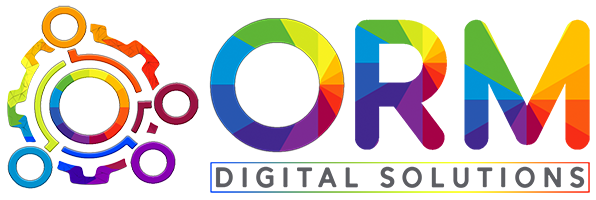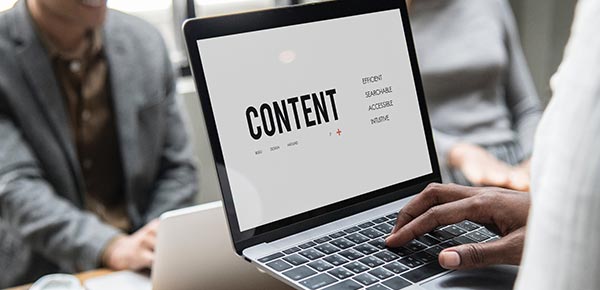Struggling to get your website noticed in the vast digital sea?
Wondering why your top-notch content isn’t getting the traction it deserves? It’s time to uncover the secret weapon every successful marketer swears by—SEO Content Optimization!
SEO Content Optimization isn’t just a buzzword; it’s the game-changer that can skyrocket your online visibility. Imagine your website ranking at the top of Google search results, attracting a flood of organic traffic, and engaging readers with content they can’t resist.
Our guide, “What is SEO Content Optimization?” breaks down this complex concept into simple, actionable steps.
Your content effortlessly climbing the search engine ranks, reaching the audience that needs it most. Our 10 essential tips cover everything from keyword research and on-page SEO to crafting compelling meta descriptions and leveraging multimedia. Whether you’re a seasoned pro or a newbie, these strategies will help you transform your content into a powerful magnet for traffic and engagement.
Ready to turn your content into a high-performing asset?
Don’t let your hard work go unnoticed.
Dive into our comprehensive guide and master the art of SEO Content Optimization today!
Understanding SEO Content Optimization
SEO Content Optimization involves tweaking and refining your content to meet search engine criteria and user expectations.
Unlike general SEO, which encompasses various on-site and off-site strategies, content optimization zeroes in on enhancing the quality, relevance, and discoverability of your content.
This process can dramatically boost your site’s visibility, increase organic traffic, and improve user engagement, ultimately driving your business goals.
Essential Tip 1: Conduct Thorough Keyword Research
Keywords are the foundation of SEO content optimization. Conducting thorough keyword research helps you understand what your audience is searching for and tailor your content to meet those needs.
- Importance of Keyword Research: Identifying high-volume, low-competition keywords can significantly enhance your content’s visibility.
- Tools for Keyword Research: Utilize tools like Google Keyword Planner, SEMrush, and Ahrefs to discover relevant keywords.
- Tips for Selecting the Right Keywords: Focus on long-tail keywords, understand search intent, and analyze your competitors to find gaps and opportunities.
Essential Tip 2: Create High-Quality, Engaging Content
High-quality content is crucial for both user satisfaction and search engine rankings.
- What Constitutes High-Quality Content: Content should be informative, accurate, and provide value to the reader.
- Tips for Writing Engaging and Informative Content: Use a conversational tone, include compelling headlines, and incorporate storytelling elements.
- Importance of Content Originality and Relevance: Ensure your content is unique and relevant to your audience’s needs, avoiding duplicate content penalties.
Essential Tip 3: Optimize Your Meta Tags
Meta tags play a pivotal role in how search engines interpret your content and how users perceive it in search results.
- Explanation of Meta Tags: Meta tags include title tags and meta descriptions, which provide a summary of your content.
- How to Write Effective Meta Tags: Craft concise, compelling titles and descriptions that include your primary keywords.
- Impact of Meta Tags on SEO: Well-optimized meta tags can improve click-through rates (CTR) and search engine rankings.
Essential Tip 4: Use Header Tags Wisely
Header tags (H1, H2, H3, etc.) help structure your content and make it easier for both users and search engines to navigate.
- Importance of Header Tags: They break down content into digestible sections, improving readability.
- Structuring Content with Header Tags: Use a single H1 tag for the main title, and organize subheadings (H2, H3) logically.
- Best Practices for Using Header Tags: Include keywords in your headers and ensure they accurately reflect the content of each section.
Essential Tip 5: Include Internal and External Links
Links are essential for SEO as they help search engines understand the context and relevance of your content.
- Benefits of Internal Linking: Internal links guide users to related content on your site, improving navigation and retention.
- How to Use External Links Effectively: Link to authoritative sources to enhance credibility and provide additional value to readers.
- Best Practices for Linking: Ensure links are relevant, use descriptive anchor text, and avoid excessive linking which can appear spammy.
Essential Tip 6: Optimize Images and Multimedia
Optimizing images and multimedia elements can enhance user experience and SEO performance.
- Importance of Optimizing Images and Multimedia: Properly optimized media can improve page load times and provide alternative ways to engage users.
- Techniques for Image Optimization: Use descriptive file names, add alt text, and compress image sizes for faster loading.
- Using Multimedia to Enhance SEO: Incorporate videos, infographics, and interactive elements to enrich your content and keep users engaged.
Essential Tip 7: Improve Page Load Speed
Page load speed is a critical factor for both user experience and SEO rankings.
- Impact of Page Load Speed on SEO: Slow-loading pages can lead to higher bounce rates and lower search rankings.
- Tools to Measure Page Speed: Use Google PageSpeed Insights, GTmetrix, or Pingdom to analyze your site’s performance.
- Tips for Improving Page Load Speed: Optimize images, leverage browser caching, minimize JavaScript, and consider using a content delivery network (CDN).
Essential Tip 8: Ensure Mobile-Friendliness
With the majority of web traffic coming from mobile devices, ensuring your content is optimized for mobile SEO is paramount.
- Importance of Mobile-Friendly Design: Mobile-friendly sites rank higher in mobile search results and provide a better user experience.
- Tips for Creating Mobile-Friendly Content: Use responsive design, simplify navigation, and ensure text is readable without zooming.
- Tools to Test Mobile-Friendliness: Google’s Mobile-Friendly Test and various online tools can help you assess and improve your mobile performance.
Essential Tip 9: Leverage Social Media
Social media can amplify your content’s reach and indirectly benefit your SEO.
- Role of Social Media in SEO: While social signals are not a direct ranking factor, they can drive traffic and increase content visibility.
- How to Use Social Media to Boost Content Visibility: Share content on multiple platforms, engage with your audience, and use social media to build backlinks.
- Best Practices for Social Media Engagement: Post regularly, interact with followers, and use hashtags to increase reach.
Essential Tip 10: Monitor and Analyze Performance
Continual monitoring and analysis are key to refining your SEO strategy.
- Importance of Tracking SEO Performance: Regular analysis helps identify what’s working and where improvements are needed.
- Tools for Monitoring SEO: Google Analytics, Google Search Console, and third-party tools like Moz and KWfinder.
- Tips for Analyzing Data and Making Improvements: Focus on key metrics like organic traffic, bounce rates, and conversion rates. Use insights to tweak and optimize your strategy.
Wrap Up
Implementing these 10 essential tips will enhance your SEO content optimization efforts, leading to better visibility, increased traffic, and improved user engagement. Remember, SEO is a continuous process, and staying updated with the latest trends and algorithm changes is crucial for sustained success.
Now that you have the tools and knowledge, it’s time to put these tips into action.
Start optimizing your content today, share your experiences or questions in the comments, and explore additional resources to keep improving your SEO skills.
Let’s elevate your content and watch your website soar to new heights!

